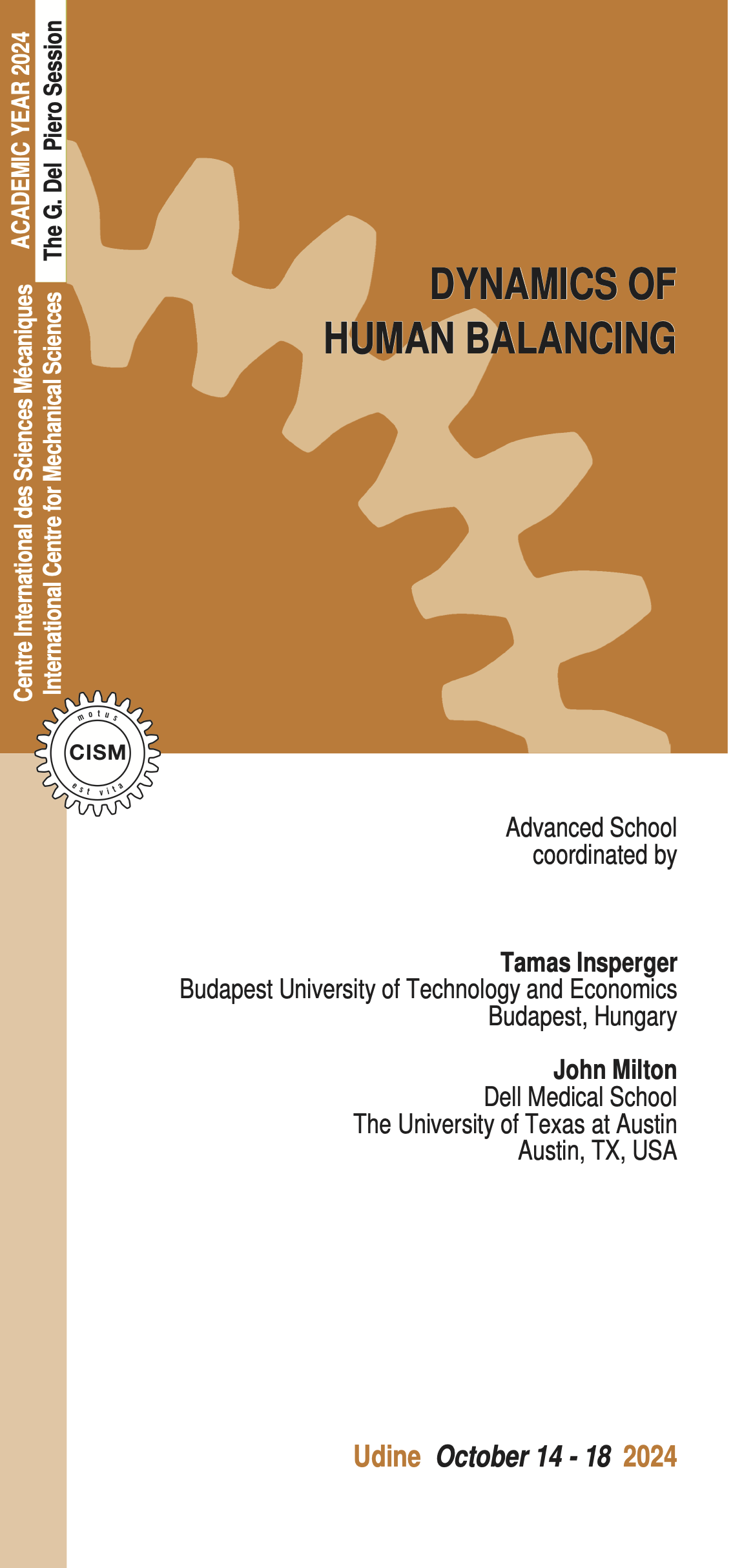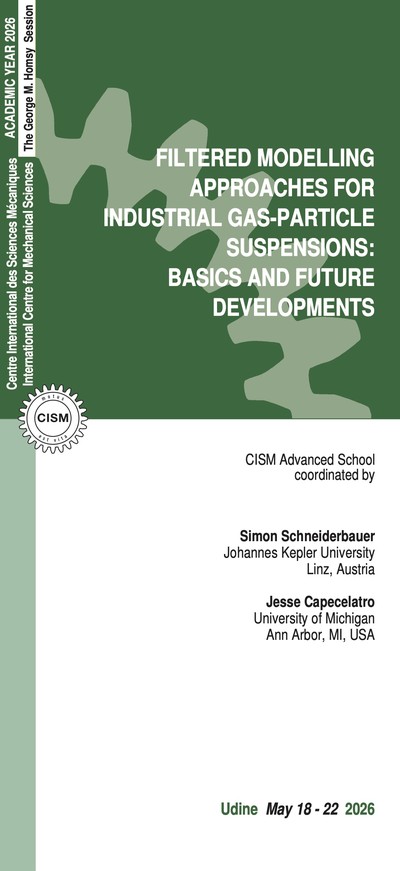The interdisciplinary nature of how the nervous system controls balance forms a barrier for mathematically oriented researchers. Not only it is necessary for researchers to appreciate the physiology and anatomy of human balance control, but also researchers must be fluent in the analysis of time-delayed dynamical systems. The starting point is to understand how the inverted position of a pendulum can be stabilized. Two “human-in-the-loop” applications of the inverted pendulum paradigm are pole balancing at the fingertip and postural sway during quiet standing. While pole balancing is a voluntary motor skill, quiet standing is achieved through the operation of “hard wired” neural reflexes. The main question in pole balancing is how it is possible to balance short poles. In case of postural sway, the challenge is to understand how balance can be maintained by an aging nervous system, to identify the nature of its failures and to reduce the risk of falling. The question naturally arises: does the nervous system face the same challenges controlling balance that a mechanical engineer faces in stabilizing mechanical structures?
This school brings together internationally recognized experts in the experimental and mathematical analysis of human balancing tasks. From different perspectives, each of them has reached the conclusion that the controller for human balance is time delayed and acts intermittently. The lectures are self- contained and are structured in a manner to give the audience an appreciation of the interplay between mathematics and experimental observations that led to the demonstration that balance control is intermittent. Where possible theoretical concepts will be illustrated with hands-on demonstrations, e.g., measurement of time delays, stick balancing, numerical analysis of delay differential equations.
The course is organized with the premise that the audience has little or no experience with the analysis of time delayed dynamical systems and the physiology and anatomy of human balance mechanisms. The course begins by first examining the evidence for time-delayed feedback control in humans and the experimental evidence that supports the intermittent nature of neural control in stick balancing, human postural control and balance control in the elderly. These lectures are followed by mathematical considerations of the stability of delay differential equations in the presence of sensory uncertainty. The approaches are then extended to other human balancing tasks.
The school is addressed to MSc and PhD students as well as to post-docs, early career researchers, and also to engineers working at the R&D departments of companies with interest in understanding human motion control. The course is designed for participants working primarily in the field of biomechanics, collaboration of human and machines. However, the course is addressed also to those generally interested in dynamical systems involving time delays, control theory and numerical analysis and/or experimental vibration measurement techniques.
Insperger T, Milton JG, Delay and uncertainty in human balancing tasks, Springer, 2021.
Stepan G, Delay effects in the human sensory system during balancing, Phil. Trans. R. Soc. A 367:1195–1212, 2009.
Stepan G, Milton JG, Insperger T, Quantization improves stabilization of dynamical systems with delayed feedback. Chaos 27:114306, 2017.
Loram I, Gollee H, van de Kamp C, Gawthrop P, Is intermittent control the source of the non-linear oscillatory component (0.2-2Hz) in human balance control. IEEE Biomed Eng. 69(2):3623–3634, 2022.
Cherif A, Zenzeri J, Loram I, What is the contribution of voluntary and reflex processes to sensorimotor control of balance? Front. Bioeng. Biotechnol. 10:973716, 2022.
Loram ID, van de Kamp C, Lakie M, Gollee H, Gawthrop PJ, Does the motor system need intermittent control? Exerc. Sport Sci. Rev. 42(3):117–125, 2014.
Morasso P, Spatial control of arm movements. Exp. Brain Res. 42:223-227, 1981.
Morasso P, A vexing question in motor control: the degrees of freedom problem. Frontiers in Bioengineering and Biotechnology, Front. Bioeng. Biotechnol. 9:783501, 2022.
Morasso P, Integrating ankle and hip strategies for the stabilization of upright standing: an intermittent control model. Front. Comput. Neurosci. 16:956932, 2022.
Nomura T, Suzuki Y, Morasso PG, A model of the intermittent control strategy for stabilizing human quiet stance, in Encyclopedia of Computational Neuroscience, 1694-1704, Springer, 2022.
Suzuki Y, Nakamura A, Milosevic M, Nomura K, Tanahashi T, Endo T, Sakoda S, Morasso P, Nomura T, Postural instability via a loss of intermittent control in elderly and patients with Parkinson’s disease: A model-based and data-driven approach. Chaos 30(11):113140, 2020.
5 lectures on:
1) numerical methods for DDEs, semi-discretization; 2) different balancing models; 3) parameter identification using stabilometry; 4) concept of critical parameters; 5) extending the critical delay.
5 lectures on:
1) intermittent control; 2-3) sensorimotor control of balance; 4) muscle coordination; 5) optimization of human performance.
5 lectures on:
1) the falling epidemic and the inverted pendulum; 2) intermittency at the fingertip; 3) measuring time delays; 4) sensory dead zones; 5) novice versus expert.
5 lectures on:
1) intermittent control; 2) multi-joint/multi-task stabilization issues; 3) role of stiffness/feedforward/feedback control; 4) the degrees of freedom problem; 5) links between motor control and motor cognition.
5 lectures on:
1) intermittent control; 2) learning intermittent control strategies (reinforcement learning); 3) time series analysis of postural sway; 4) data assimilation using sway data; 5) losing postural stability.
6 lectures on:
1) basic time-delay models of human balancing; 2) feedback delays in the auditory, visual, motor systems; 3) different balancing models; 4) the effect of temporal sampling; 5) the effect of quantization; 6) chaotic oscillations in postural sway.
ADMISSION AND ACCOMMODATION
The course is offered in a hybrid format, allowing participants the flexibility to attend either in person or remotely via the Microsoft Teams platform.
Limited spots are available for on-site attendance and will be allocated on a first-come, first-served basis.
The registration fees are:
- On-site participation: 600.00 Euro + VAT*
Includes a complimentary bag, five fixed menu buffet lunches, hot beverages, downloadable lecture notes.
Deadline for on-site application is September 14, 2024.
- Live Streaming Online Participation: 250.00 Euro + VAT*
Includes downloadable lecture notes.
Deadline for online application is October 13, 2024.
Application forms should be submitted online through the website: http://www.cism.it.
A confirmation message will be sent to accepted participants.
Upon request, a limited number of on-site participants can be accommodated at CISM Guest House at the price of 35 Euro per person/night (contact: foresteria@cism.it)
* where applicable (bank charges are not included) - Italian VAT is 22%.
CANCELLATION POLICY
Applicants may cancel their registration and receive a full refund by notifying the CISM Secretariat in writing (via email) no later than:
- September 14, 2024 for on-site participants (no refunds after the deadline);
- October 13, 2024 for online participants (no refunds after the deadline).
Cancellation requests received before these deadlines will be subject to a 50.00 Euro handling fee. Incorrect payments are also subject to a 50.00 Euro handling fee.
GRANTS
A limited number of participants from universities and research centres who do not receive support from their own institutions can request a waiver of the registration fee and/or free lodging.
Requests should be sent to the CISM Secretariat (mail to info@cism.it) by August 16, 2024, along with the applicant's curriculum vitae and a letter of recommendation from the head of the department or a supervisor confirming that the institute cannot provide funding. Preference will be given to applicants from countries that sponsor CISM.





